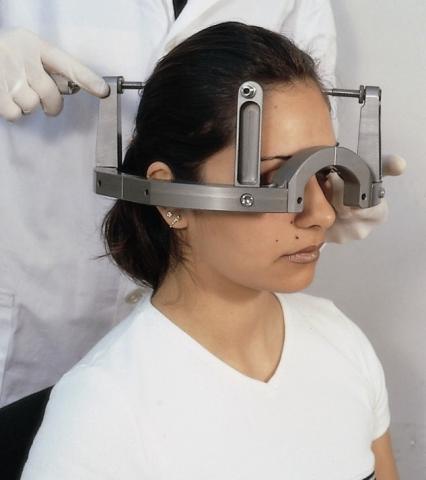Usted está aquí
Peruvian Journal of Neurosurgery
Stereotactic Radiosurgery: Gamma Knife or Linac?
ABSTRACT
Objective:To investigate Gamma Knife and LINAC radiosurgery technologies regarding technical aspects and clinical results.
Patients and methods: A comparison was made with respect to stereotactic frame, mechanical accuracy, dosimetry, radiobiology, treatment planning and clinical results regarding both systems.
Results: The different stereotactic frames available in the market are not different in terms of proper fixation as well as for geometric localization reference. Similar excellent clinical results are obtained for small lesions with photon beams of the gamma knife and the linac. Similar beam dose distributions with sharp fall-off for small spherical shaped targets are obtained for both devices. The superior mechanical precision for the gamma knife as compared with the linac is of limited clinical relevance because inaccuracy of cranial target localization based on contemporary available radiological imaging is greater than the typical linac imprecision (of around 1mm). Treatment planning systems for the linac are not standardized but are based on well-known algorithms. The linac has no field size limitations, achieving more homogeneous dose distributions compared with that obtained with the gamma unit.
Conclusion: Linac based radiosurgery is a practical treatment method with equivalent physical, radiobiological and clinical results compared to the gamma knife technology although its routine methodology requires multidisciplinary effort



